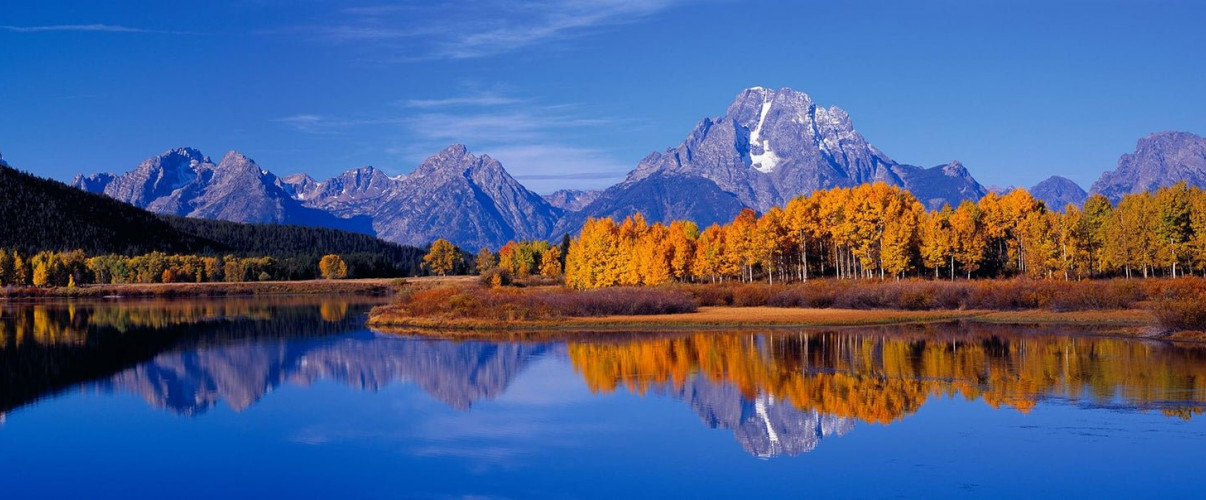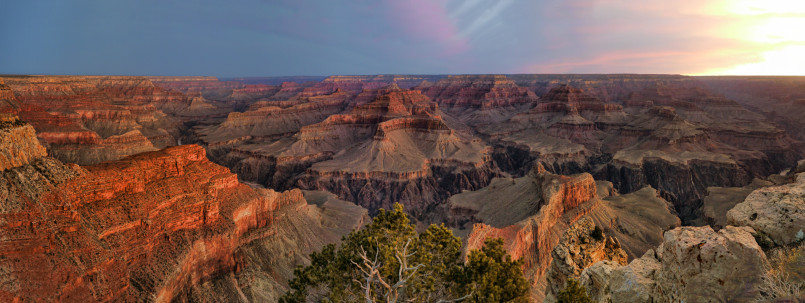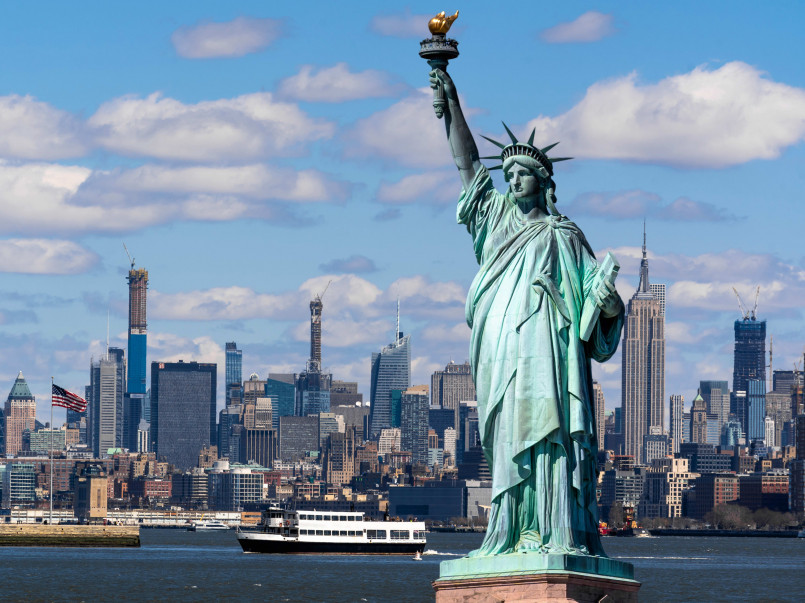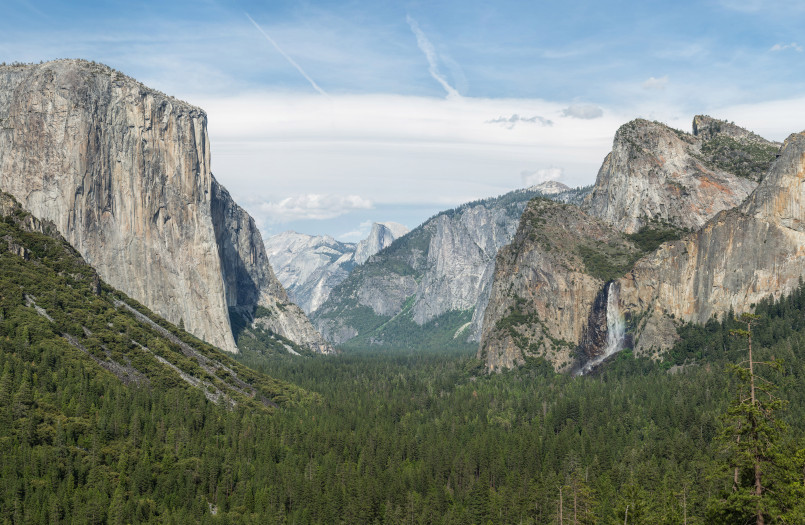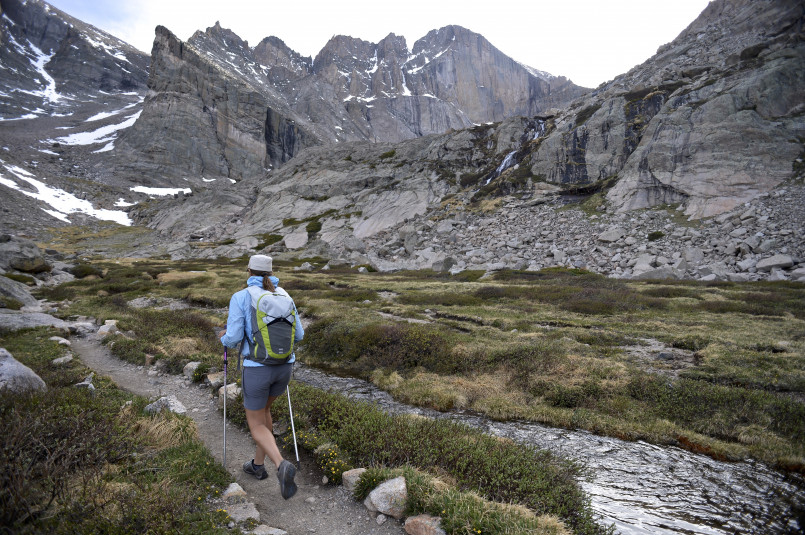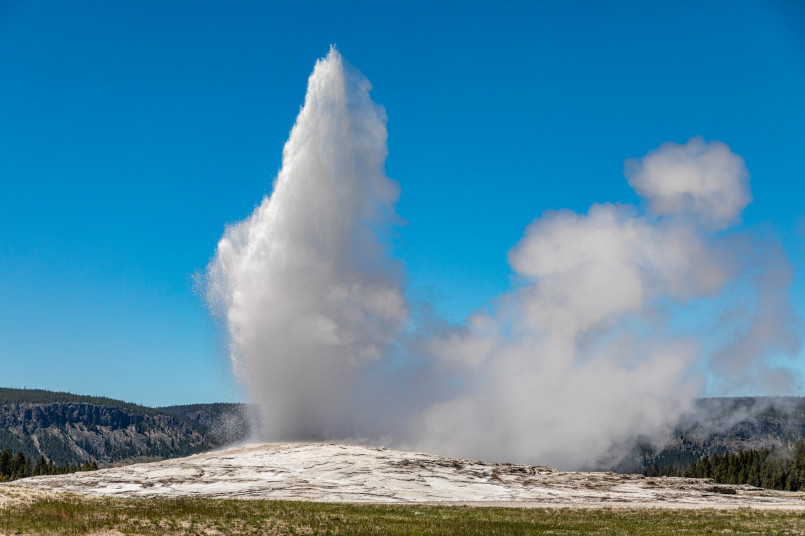From the dramatic landscapes of the American West to the vibrant urban scenes of iconic cities, the United States offers photographers an incredible diversity of subjects. These photography destinations showcase America's natural wonders and cultural landmarks through every season.
The United States offers photographers an extraordinary canvas spanning diverse ecosystems, dramatic landscapes, and iconic cultural sites. Whether you're capturing the golden light over desert formations, misty mountain ranges, or the vibrant energy of America's cities, these photography destinations provide endless creative possibilities for photographers of all skill levels.
From technical challenges like night sky photography in dark sky preserves to the perfect light conditions in slot canyons, these locations represent some of the most visually compelling landscapes in North America. Each destination offers unique photographic opportunities throughout the year.
National Parks: Nature's Perfect Canvas
America's national parks represent some of the most photogenic natural landscapes in the world:
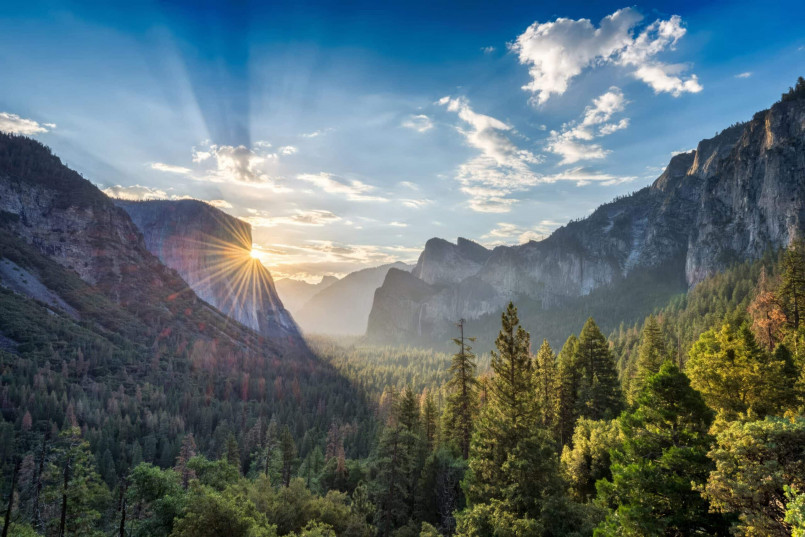
Yosemite National Park, California - Famous for its iconic valley views, granite monoliths, and seasonal waterfalls. The classic Tunnel View provides the perfect composition with El Capitan, Half Dome, and Bridalveil Fall in a single frame. Winter brings magical snow-covered landscapes, while spring features roaring waterfalls.
Grand Teton National Park, Wyoming - The jagged Teton range rising dramatically from the valley floor creates perfect compositions, especially at Schwabacher Landing and Snake River Overlook. Sunrise at Oxbow Bend with mountains reflecting in the water is a bucket-list shot for landscape photographers.
Zion National Park, Utah - The Narrows and slot canyons provide unique opportunities to capture light rays filtering through narrow openings. The contrast between red rock walls and blue skies creates striking images year-round.
Death Valley National Park, California - From the geometric patterns of the salt flats at Badwater Basin to the mysterious moving rocks at Racetrack Playa, Death Valley offers surreal landscapes. Winter and spring provide comfortable temperatures for photography expeditions.
Urban Photography: Cityscapes and Architecture
America's cities offer iconic skylines and architectural wonders:
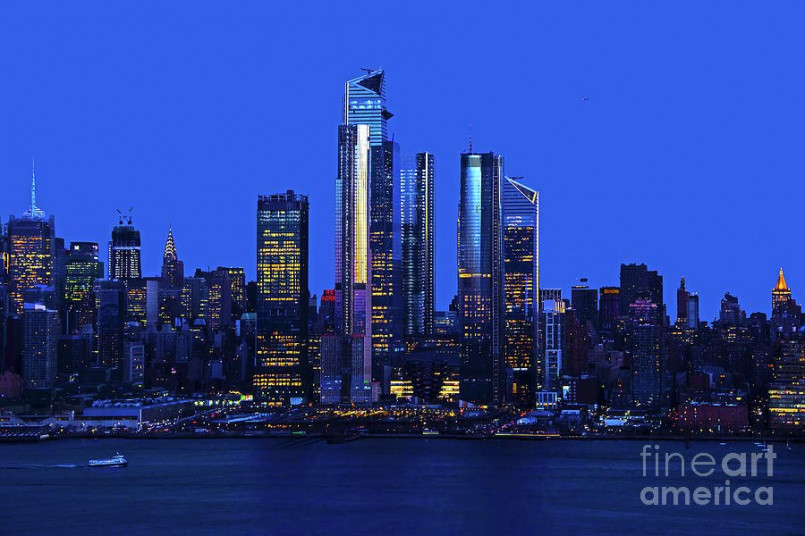
New York City, New York - The Manhattan skyline from Brooklyn Bridge Park provides classic compositions, especially during blue hour. The geometric patterns of skyscrapers, Central Park's seasonal changes, and the urban energy of neighborhoods like SoHo offer endless photographic opportunities.
Chicago, Illinois - Known as an architectural photographer's dream, Chicago features stunning riverfront views, reflective skyscrapers, and unique perspectives from locations like North Avenue Beach and the Adler Planetarium.
San Francisco, California - The Golden Gate Bridge emerging from fog creates iconic atmospheric images. The colorful Victorian houses of Alamo Square, steep streets, and dramatic coastline views make this city particularly photogenic in any weather condition.
New Orleans, Louisiana - The French Quarter's ornate balconies, vibrant street scenes, and unique cemetery architecture offer photographers distinctive cultural imagery not found elsewhere in America.
Coastal Photography: Dramatic Shorelines
America's diverse coastlines provide dramatic seascapes:
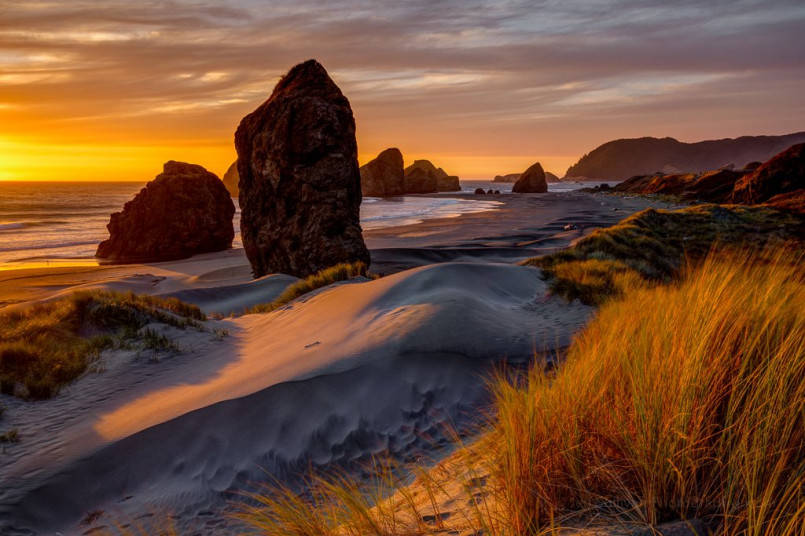
Oregon Coast - From Cannon Beach's iconic Haystack Rock to the sea stacks at Bandon Beach, Oregon's coastline offers moody, atmospheric photography opportunities year-round. Winter storms bring dramatic wave action, while summer provides colorful sunsets.
Big Sur, California - The meeting of mountains and sea creates dramatic compositions along Highway 1. Bixby Bridge, McWay Falls, and Pfeiffer Beach's keyhole arch are photographer favorites, especially during golden hour.
Acadia National Park, Maine - The rugged Atlantic coastline, especially at locations like Boulder Beach and Otter Cliff, provides classic New England coastal imagery. Fall foliage against granite and ocean creates stunning color contrasts.
Olympic National Park, Washington - The combination of rainforest and coastline offers unique photographic opportunities. Ruby Beach and Rialto Beach with their sea stacks and driftwood provide compelling foreground elements for coastal compositions.
Desert Photography: Otherworldly Landscapes
The American Southwest offers otherworldly desert landscapes:
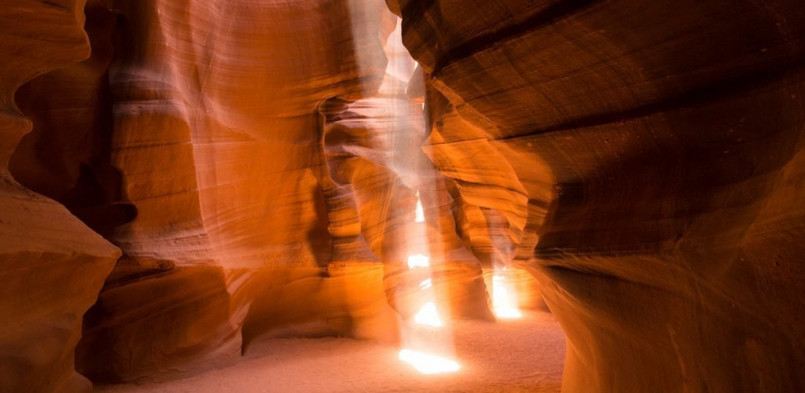
Antelope Canyon, Arizona - The narrow slot canyons create magical light beams and swirling patterns that are photographer favorites. Timing visits for midday when light rays penetrate the narrow openings is essential.
Monument Valley, Utah/Arizona - The iconic sandstone buttes have been featured in countless photographs and films. Sunrise and sunset cast dramatic shadows across this Navajo Tribal Park landscape.
White Sands National Park, New Mexico - The world's largest gypsum dune field creates minimalist compositions with rippling patterns and dramatic shadows, especially during golden hour.
Joshua Tree National Park, California - The unique Joshua trees against desert landscapes and dramatic boulder formations create otherworldly scenes. The park is also a premier night sky photography destination with minimal light pollution.
Seasonal Photography: Capturing Nature's Changes
Different seasons offer unique photographic opportunities across the country:
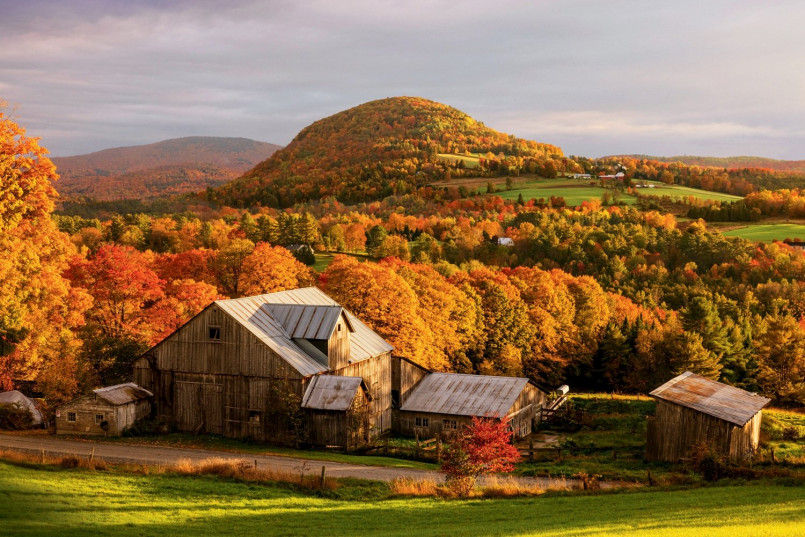
Fall Foliage in New England - Vermont, New Hampshire, and Maine offer spectacular autumn colors, especially in early October. White church steeples against vibrant maples create quintessential New England scenes.
Spring Wildflowers in Texas Hill Country - Bluebonnets and other wildflowers carpet the landscape in March and April, creating colorful foregrounds for landscape photography.
Yellowstone in Winter - Steam rising from geothermal features, frost-covered bison, and snow-draped landscapes offer unique photographic opportunities with fewer crowds.
Tornado Alley Storm Photography - For advanced photographers, the dramatic storm structures and supercells of the Great Plains provide adrenaline-pumping photography opportunities in spring and early summer.
Photography Gear Considerations for Different Locations
Different photography destinations require specific gear considerations:
For national parks and landscapes, wide-angle lenses (16-35mm) capture vast scenes, while mid-range zooms (24-70mm) offer versatility. A sturdy tripod is essential for long exposures and maintaining sharpness in low light. Neutral density and polarizing filters help manage challenging lighting conditions.
For wildlife photography in locations like Yellowstone or the Everglades, telephoto lenses (200-600mm) are necessary to capture animals without disturbing them. Image stabilization and fast autofocus become critical for moving subjects.
When photographing slot canyons like Antelope Canyon, be prepared for dusty conditions that can affect camera sensors. Lens cloths, air blowers, and protective gear help safeguard equipment.
For coastal and waterfall photography, weather-sealed equipment provides protection against spray and moisture. Quick-drying microfiber cloths help manage water droplets on lenses.
Photography Permits and Ethical Considerations
When photographing across America's diverse landscapes, ethical considerations are essential:
Many national parks require special permits for commercial photography or filming. Research requirements before your trip, as fines can be substantial.
Practice Leave No Trace principles by staying on designated trails and avoiding damage to sensitive environments. Popular photography locations have faced ecological damage from overuse.
When photographing in tribal lands like Monument Valley or Antelope Canyon, respect cultural guidelines and obtain necessary permits. These locations often have specific photography restrictions.
For wildlife photography, maintain safe distances from animals and never bait or disturb wildlife for a better shot. Telephoto lenses allow for respectful distance while capturing intimate images.
Frequently Asked Questions About 15 Breathtaking Photography Destinations in the USA for Stunning Shots
What is the best time of year to photograph the Grand Canyon?
Winter offers dramatic snow contrasts along the rim, while summer monsoon season (July-August) provides spectacular storm clouds and lightning opportunities. For balanced conditions with fewer crowds, consider May or September when temperatures are moderate and lighting is excellent for capturing depth in the canyon.
Do I need permits to photograph in national parks?
Personal, non-commercial photography generally doesn't require permits in national parks. However, if you're doing commercial photography, using models, props, or special equipment like drones, you'll need to obtain special use permits. Always check with the specific park's website before your visit as regulations vary.
What's the best location to photograph the Golden Gate Bridge in San Francisco?
Battery Spencer in the Marin Headlands offers the classic elevated view of the bridge with San Francisco in the background. For fog photos, try Baker Beach or Marshall's Beach. Fort Point provides unique underneath perspectives. The best light is typically during golden hour and when fog is partially covering the bridge.
When can I see and photograph the light beams in Antelope Canyon?
The famous light beams in Upper Antelope Canyon occur between late March and early October, with peak season being June through August when the sun is highest. They're typically visible between 11am and 1:30pm. You must book a photography tour in advance, and these special tours are more expensive than regular tours.
What are the best locations for night sky photography in the USA?
The best dark sky locations include Death Valley National Park, Big Bend National Park in Texas, Natural Bridges National Monument in Utah, and Cherry Springs State Park in Pennsylvania. These areas have minimal light pollution and often hold International Dark Sky Park designations, making them perfect for Milky Way and star photography.
